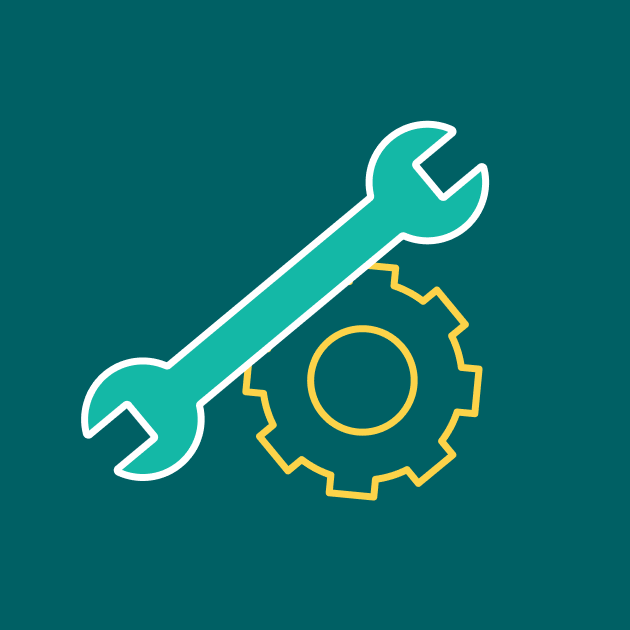Another fall television season has arrived, bringing with it the usual assortment of new series and returning favorites. But this particular fall season kicked off with a dramatic plot twist:…
While data is an increasingly vital tool for member-driven organizations, too many of these groups are stymied by CRM systems that fail to deliver the features and functionality required to drive growth and fuel supporter engagement. This post explores the critical role data consolidation plays in filling database gaps, identifying new data collection methods, and more accurately measuring campaign success.
Nonprofits, unions, and other member-driven organizations agree that data is increasingly critical to understanding the communities they serve and more effectively communicating with the people who support their goals. Yet many continue to drag their heels on investing in data infrastructure.
A lot of these organizations are stuck in Buzzword World. They think “We’ve got this shiny new CRM, and they say we can do all these different things with our data, and that makes us industry leaders.” But they’re not really growing or making an impact, in part because that shiny new CRM doesn’t offer the features and functionality they think it does. Meanwhile, organizations investing in data infrastructure are growing by leaps and bounds: Planned Parenthood has one of the most advanced data teams in the industry, and they win big. That is not a coincidence.
If you’re reaching out to human beings, the baseline you need is a 360-degree view of your members, donors, and prospects. But with the future promising innovations like interactive maps telling you what your supporters actually think, the baseline is not nearly enough. By looping your data team into your outreach efforts, you can develop a data collection strategy, and that means you can measure success, so that when you go to funders, you can say “This is working. Give us more money,” and continue to grow.
But you can’t get there without making the commitment to evolve your data infrastructure. Here’s what you need to know — and what you need to do.

Your fundraising team needs to be able to raise money how it sees fit, but you’ve also got an organizing team talking to people and sending out emails, and these two teams are having disparate conversations. You want to be able to say “John Doe is a member of our organization. He is giving us money, and we know the policies he supports from all the previous times we’ve interacted with him. Let’s move him up the ladder of engagement, and let’s get him motivated.”
You can’t move people up the ladder of engagement if you don’t know how they’ve engaged with you, so the first step is getting all of your data consolidated in a data warehouse. Civis Analytics not only can help you set up a data warehouse, but our Civis Platform also addresses any database holes you need to fill, like member names without corresponding email addresses. Once you start filling those holes and identifying new data collection methods, you can start to innovate, because you’ve made it easier for the fundraising team to figure out if the people they’re talking to actually support your candidate.
All of that works only if you have a reporting database that sits outside of your contact databases, and doesn’t interrupt what other people are doing, so you can just collect all the data, stream it in, and then every morning, a data analyst can say “Here’s where the resources are, and here’s how they’re performing. Take a look and make your decisions.”
Sometimes people are afraid the data team is either going to shine a light on something they don’t want a light shined on, or they think data directors want to make the decisions for people, when really it’s just about providing data you can use to make the most informed decisions. Just tell the data team what’s important, and they’ll show it to you.
Investing in Civis Platform also results in a wide range of additional benefits, including:





The ways in which Civis Platform is the perfect tool for nonprofits, unions, and political campaigns are not to be understated. Moving forward, you will be able to answer every question that someone is asking you, and you will be able to do it in less than an hour. And best of all, if anybody questions why you made a decision, you can just point to the data, and say “These are the facts. This is the truth. If you want to deviate from this approach, we can have that conversation. But this is the assumption we’re working on now.”